03:49
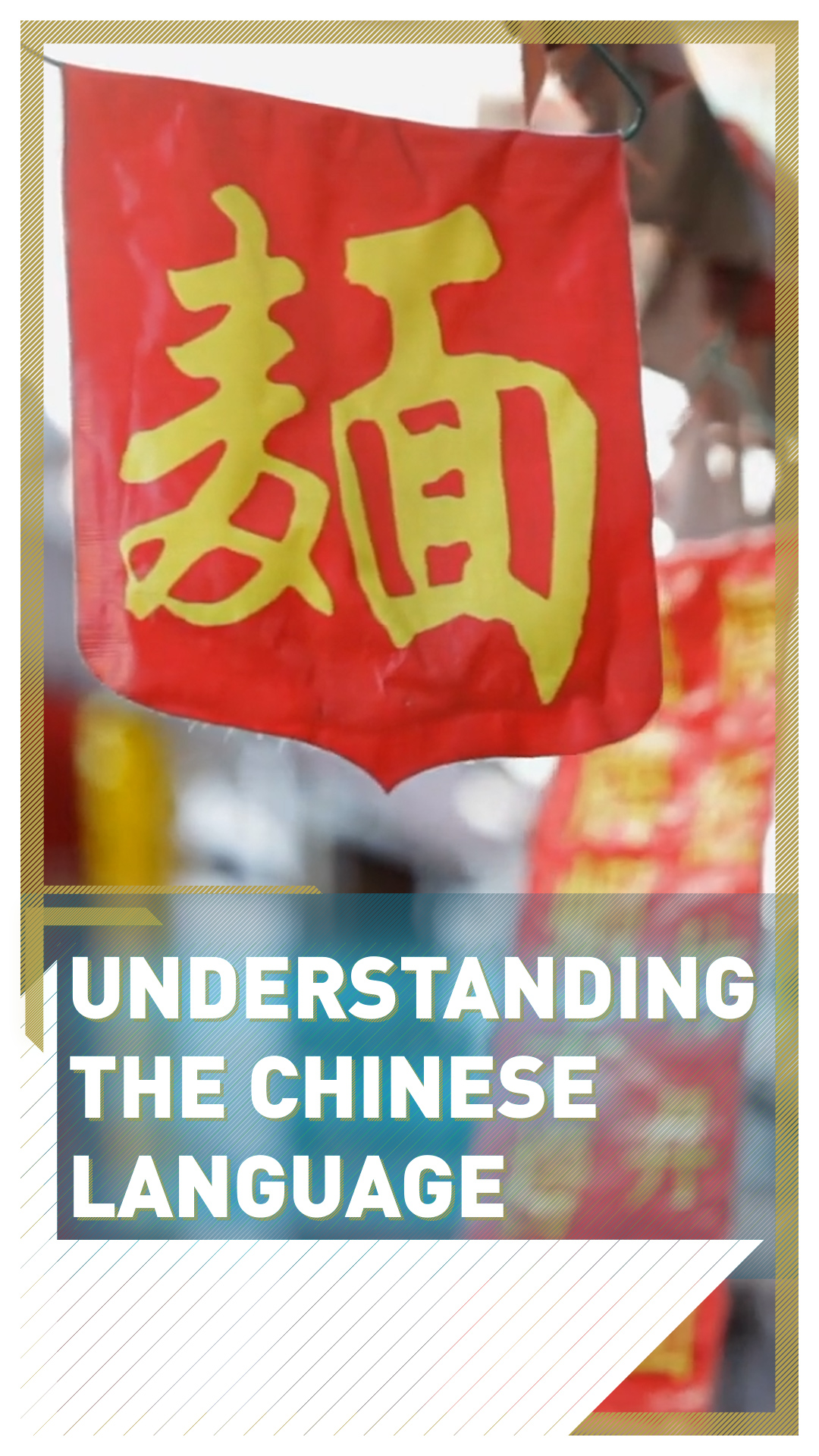
It was an obvious but fundamental question for those setting up the United Nations in the aftermath of World War II: Which language, or languages, should the new body's business be conducted in?
The UN immediately decided on Chinese, English, French, Russian and Spanish, adding Arabic in 1973, and these six tongues are now the UN's official and working languages, available via instant headset translation to every member in every meeting.
Each of the six also has its own annually celebrated UN Language Day, and Chinese is celebrated on April 20. But why that date? How does Chinese compare with other languages? How easy or hard is it to learn? And is everything you think you know about the Chinese language wrong?
READ MORE
French army unleashes its robot dog
A COVID-19 passport that doesn't violate rights?
The long road to restoring Notre-Dame
The UN chose April 20 as Chinese Language Day to correspond with Guyu, the sixth of 24 annual periods in the traditional East Asian lunisolar calendar (it may help to think of them as half-months). Dictated by the path of the sun through the sky, it usually lasts from around April 20 to May 5.
Guyu literally means "Rain of millet," and while a shower of cereal may be an odd idea, it's a typically evocative image from ancient Chinese culture – and linked to the legendary origin of the language.
The story goes that around 4,600 years ago, the emperor asked his historian Cang Jie for a new way to record information – a better way than the prevalent method of tying knots in strings. Inspired by an animal hoof-print, Cang Jie devised written characters to represent words – and this pleased the deities and ghosts so much that they cried and the sky rained millet.
Cang Jie has been commemorated ever since, and not just in China: there's the Cang Jie method of inputting Chinese characters into computers, and even on Mars there is a rock named after him which was visited by the Mars rover Spirit.
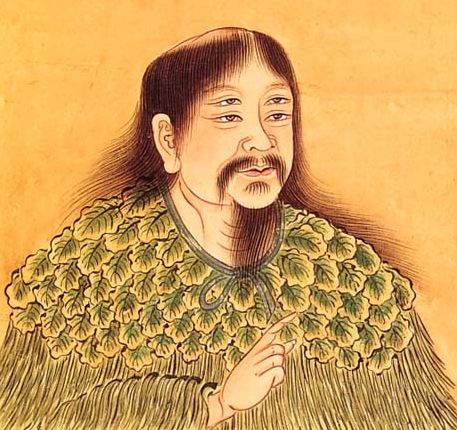
Cang Jie's name lives on down the millennia, as does the character system he is credited with inventing. /Wikimedia
Cang Jie's name lives on down the millennia, as does the character system he is credited with inventing. /Wikimedia
Chinese as a language
And, of course, there's the Chinese language itself. To Europeans, it can seem completely different to our various but often similar tongues. But how different is it?
To find out, CGTN Europe spoke to Gaston Dorren, a Dutch linguistics expert and author of two books on language, Babel and Lingo. Dorren also talks the talk, literally, as a polyglot who can read or speak more than a dozen languages – he is currently learning Polish, for example. And even as a self-described "language geek," he finds Chinese particularly distant from European systems.
"Chinese is a pretty hard language to learn compared to most other languages – that is to say, for the likes of you and me as Europeans," he tells CGTN from his book-lined office in the Netherlands.
"The script is different, the vocabulary, pronunciation is pretty hard, even the way information is worded. It's all miles and miles away from English – which makes sense since China is miles and miles away from England."
There is probably no subject on Earth concerning which more misinformation is purveyed, and more misunderstandings circulated, than Chinese characters
- J Marshall Unger, author of a book about sinograms
For linguists, these differences are a fascinating challenge. Firstly, there is the concept of the script which developed from Cang Jie: a set of characters, very different from the Roman or Latin 'ABC' alphabet used, with small variations, by most Europeans.
Perhaps as a result, Chinese characters – also known as sinograms – have long been regarded by many Europeans as more of a mysterious code than a comparable language.
The mystery can often lead to misunderstanding, and sometimes worse. J Marshall Unger, author of a book about sinograms, went so far as to say "There is probably no subject on Earth concerning which more misinformation is purveyed, and more misunderstandings circulated, than Chinese characters."
Dorren acknowledges that the character system can seem forbidding. "Learning a character-based writing system is hard for everybody, not just for us using an alphabet – it's even hard for the Chinese themselves," he says.
"We have a set of 26 letters which we have to learn, but Chinese is just an awful lot of work. It can be done, but it takes time and patience."
Moreover, unlike most European languages, Chinese is famous for its tone. "Every syllable has a pitch, a small melody that you need to get just right, otherwise it will be saying something entirely different," says Dorren, before giving a perfect illustration which understandably works far better in audio or video than in the written word.
00:55
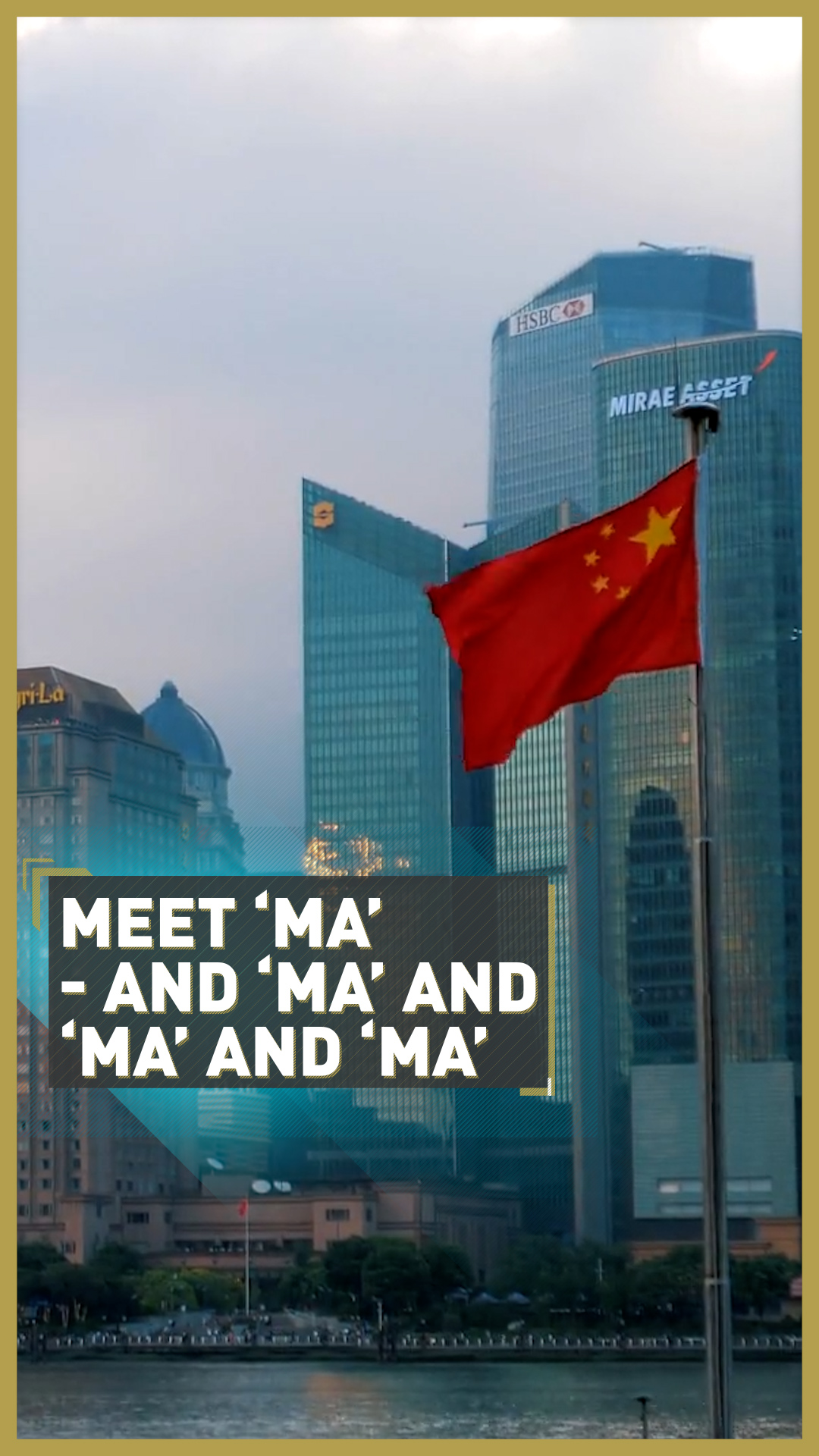
"The boilerplate example is this syllable 'ma' – it has four or even five pronunciations," he explains. “There is this word mā [straight intonation], which means mother; there is má [said with rising intonation], which means hemp; there is mǎ [falling then rising], which means horse; and mà [falling], which means to scold. And this is true for every single syllable that exists, so that's fascinating... and excruciating."
Pinyin, the 'bridge'?
One potential bridge between Chinese and languages using the Roman alphabet is pinyin. Literally meaning "spelled sounds," pinyin is a system of Romanizing – spelling in the ABC alphabet – all Chinese words.
Although originally developed in the 1950s, it has been considerably boosted by the 21st-century explosion of global communication platforms – and it's one potential way for foreigners to understand Chinese.
You can start learning Chinese without having mastered thousands of characters
- Gaston Dorren, polyglot and linguistics author
Dorren describes pinyin as a "point of entry: You can start learning Chinese without having mastered thousands of characters, you can see what they have to be pronounced like, you can learn words before you have come to grips with that particular character."
Pinyin is becoming increasingly popular, including among non-Chinese, but Dorren would hate for it ever to replace the character system – just as he would be loath to see other languages simplified for the sake of it.
"Characters have a long history and represent a huge cultural heritage," he enthuses. "Not replacing characters with pinyin makes about as much sense as not reforming English spelling – that is to say, a lot of sense."
When the building blocks are different
Pinyin notwithstanding, Chinese doesn't give the non-speaker many easy answers – 'loanwords' from other languages, which can pop up like a bonus bubble of instant understanding mid-sentence. Dorren notes that Chinese has hardly any of these: "It has some Japanese loanwords, but a fat lot of use is that to a European like you or me."
It's a very different logic, and that takes up a lot of memory space
- Gaston Dorren
It's not just the characters and tones which differ from European languages, but the way words are put together. "I'm learning Polish right now, which is a pretty different language from English or even my Dutch, but there is the same logic to it – the structure of words is still much the same," he explains.
"For instance, the word international [międzynarodowy in Polish] is something like 'inter' [pomiędzy means 'between'], something like 'al' at the end [-owy] and then the word 'nation' [narod] in the middle – inter-nation-al, but in Polish.
"In Chinese, however, the word for 'international' can be analyzed something like 'nation border.' Now, that makes a lot of sense – it's everything across the border of a nation – but it's a very different logic and you have to learn every single word that way. And that takes up a lot of memory space."
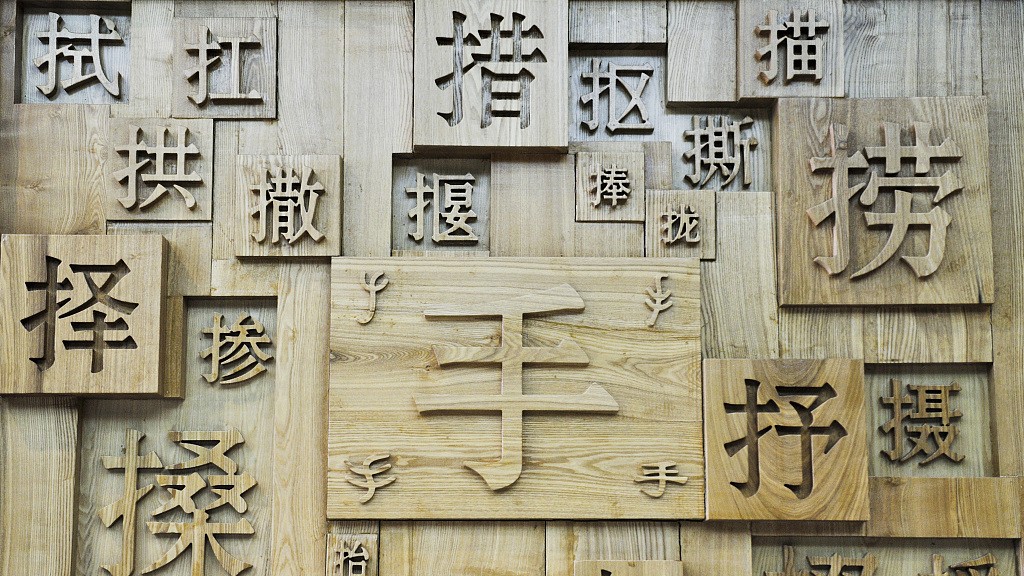
Chinese characters look very different to the Latin alphabet predominant in Europe – but that's just the start of the differences. /Xuxin/CFP
Chinese characters look very different to the Latin alphabet predominant in Europe – but that's just the start of the differences. /Xuxin/CFP
One manifestation of this is that Chinese words do not have inflection – "That is to say they don't get endings for grammatical reasons." Anyone who's ever had to learn Latin or Greek will know how many such variables there are in those 'classic' languages.
However, their modern continental descendants differ widely, from the highly inflected Baltic and Slavic tongues through the moderate Germanic and Romance to the lightly inflected Scandinavian and English – although even there, "guitar" becomes "guitars" in plural, "say" becomes "saying" in the present tense and so on.
"But Chinese has nothing in that department," says Dorren. "You're interviewing me now, but in the past tense, that would be you 'interviewed' me, with this 'ed' at the end. Chinese doesn't do that; Chinese will add a whole additional word, a small word with a meaning something like 'already' – so you 'interview me already'."
Everything you know about Chinese is wrong (possibly, a bit)
So the Chinese language is very different, but perhaps not as forbidding as you might think. In his book Babel, Dorren lays out several commonly held but badly wrong misconceptions about Chinese, starting with what it looks like. It reads from top to bottom, right? Wrong – mostly.
"Some people think that Chinese characters are written in vertical lines from top to bottom and then from right to left," explains Dorren. "That used to be true in the past, but it hasn't been true for decades now, only in some traditional settings and certain communities."
The alleged impenetrability of Chinese is often given scale by the number of different characters in existence: 50,000 is the figure often bandied about, while Dorren notes that one 2004 dictionary contains a startling 106,000 entries. But that's hardly representative of common conversation.
"It's like looking at a historical dictionary of English, including all the words from Beowulf and Chaucer," says Dorren – and for comparison, the Oxford English Dictionary lists 273,000 words. "If you look at contemporary Chinese, a couple of thousands of characters are in common use and there are maybe 6,000 or 8,000 that very literate people will know, but that's about it."

The antiquity of Chinese characters might worry some Europeans, but it is a groundless fear. /View Stock/Sino View
The antiquity of Chinese characters might worry some Europeans, but it is a groundless fear. /View Stock/Sino View
The great age of the Chinese language, especially compared to some relatively young European tongues, is also seen as somehow forbidding. Dorren can see a kernel of truth there, but again compares it to the European model.
"You can trace the history of the Latin alphabet all the way back to Egypt – some hieroglyphics ended up in our alphabet," he explains. "They look very different, but very old Chinese texts look different.
"The only difference is that the Chinese language has been written in that same 'alphabet' all along, that same alphabet as it developed, whereas Egyptian, of course, was a very different language from English or Dutch."
Dorren has one final myth to explode – and it's bad news for Cang Jie, not to mention anyone hoping Chinese characters provide a visual shortcut. "Probably the most famous fundamental misconception about Chinese writing is that it's all pretty pictures and that if you stare at them long enough, you may be able to figure out what they mean," he says.
"Only some very basic characters are kind of pictograms – there are some, but just a tiny percentage. The others are much more complex and entirely unfathomable if you don't simply learn what they mean." Sorry, Cang Jie.
Learn to listen, listen to learn
The UN's commitment to multilingualism is not just box-ticking, but a commitment to greater mutual understanding. As its website notes, "By promoting tolerance, multilingualism also ensures increased participation of all Member States in the Organization's work, as well as greater effectiveness, better outcomes and more involvement."
After all, it's easier for us all to understand each other's cultures if we can literally understand each other – and as someone who has spent his life in the same pursuit, Dorren is a keen proponent of learning languages.
"How important is multilingualism? Well, you're asking somebody who has studied several languages, so I would really hate for it to turn out that it was all pointless," he laughs.
"In my personal experience, the best thing about learning languages is that you have direct access to the writings and the thoughts of people that you do not normally speak to.
"I can't wait to be able to read Polish newspapers and see how the people I disagree with defend their positions. And I'm sure that once I get access to that, at least I will understand them better – probably without agreeing with them, but still, it's interesting."
As for learning Chinese, Dorren warns that it's hard work but will be ultimately rewarding. "If you master Chinese, you have access to this hugely fascinating culture, to this economic powerhouse, this political powerhouse and to over a billion people, most of whom are undoubtedly very nice to deal with."
01:33
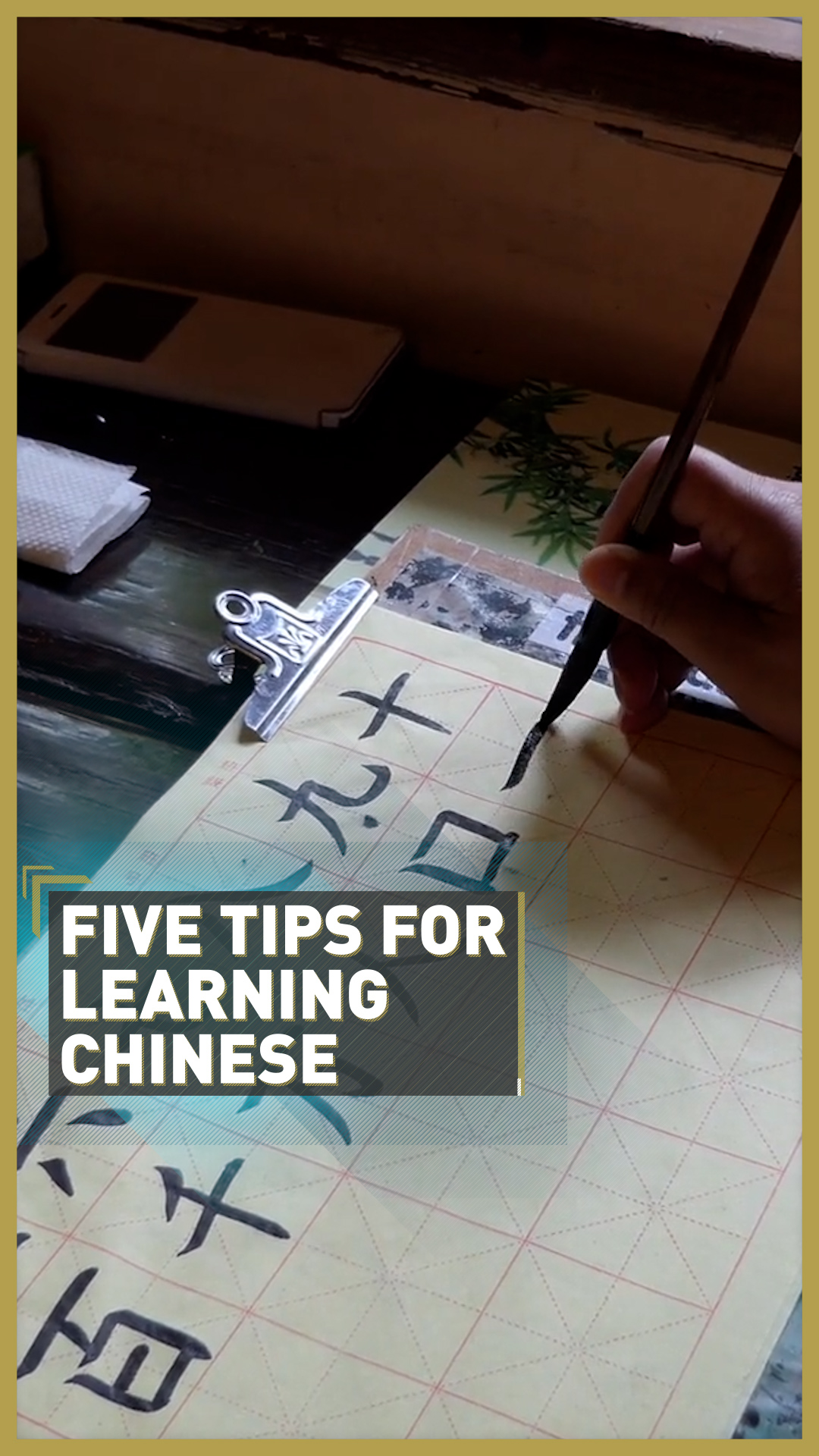
TIP 1: Expect differences
Don't expect anything to be the same as in English. Without that expectation, you'll be all the more grateful on those rare occasions when something actually is the same as in English.
TIP 2: Enjoy the ride
Enjoy the process, enjoy the adventure of discovering new things. If you focus too much on the dot on the horizon called fluency, you're probably not going to get there.
TIP 3: Love China
Love Chinese culture or love some Chinese person, because without a reason to learn the language, you'll probably give up on it.
TIP 4: Take your time
Don't expect quick results. If you're the kind of person who will learn decent Spanish in a year and decent Russian in two to three years, Chinese will still take you between five and 10 years.
TIP 5: Listen to advice
Read the article Why Chinese is So Damn Hard by the sinologist David Mozer. It's fun, it's informative, it's available online for free and it will show you what you're up against.
Gaston Dorren's books Babel and Lingo have been published in several languages, and will be published in Chinese during 2021. He humbly suggests you click here to read David Mozer's article Why Chinese Is So Damn Hard.

